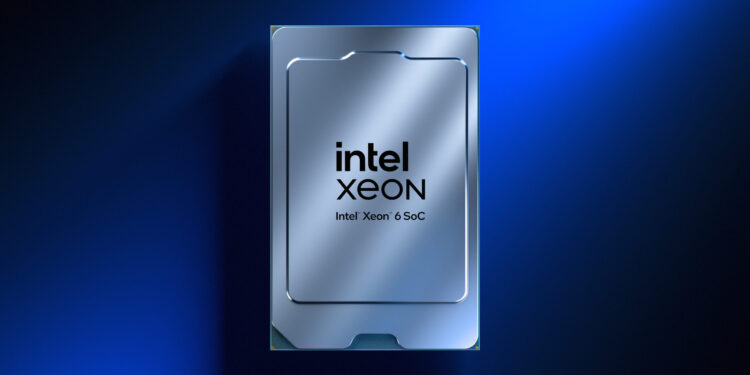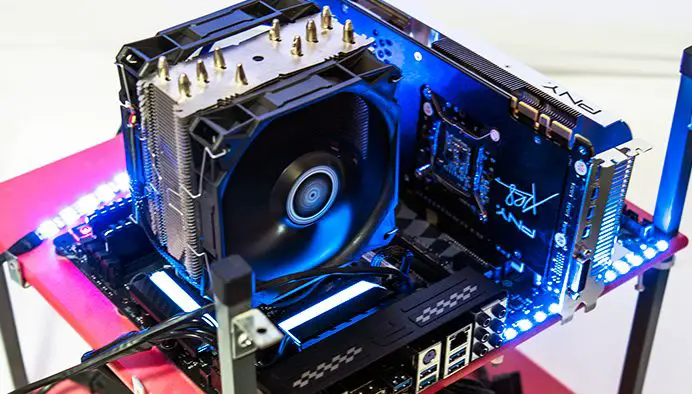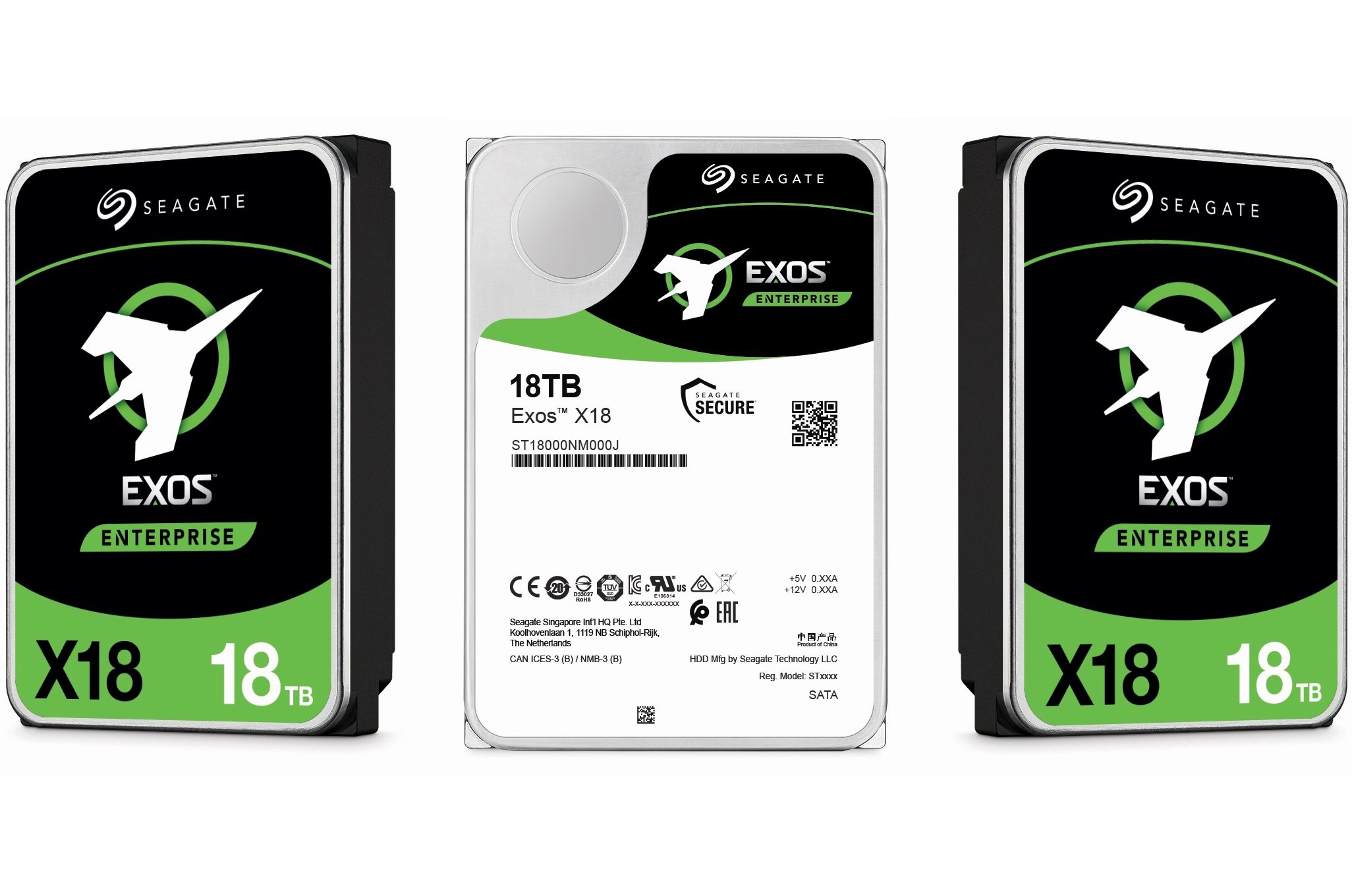Intel has officially launched its Xeon 6 processor family at Computex 2025, introducing two new core architectures to meet the growing demand for performance and efficiency across a variety of workloads. The lineup includes processors with Performance-cores (P-cores) for high-throughput computing and Efficient-cores (E-cores) for power-sensitive environments.
The new Xeon 6 processors are designed to address four key workload categories: artificial intelligence (AI), cloud-native applications, telecommunications, and edge computing. This marks the first time Intel has split its Xeon offerings into two separate core architectures under one family to better optimize performance-per-watt across use cases.
One major debut includes the P-core based Xeon 6 processors being integrated into NVIDIA’s DGX B300 systems, positioning Intel as a competitive force in high-performance AI training and inference infrastructure. These chips support Intel’s Advanced Matrix Extensions (AMX), enabling up to 2x the AI workload performance compared to the previous Xeon generation.
For cloud and network operators, the Xeon 6 E-core processors offer unmatched density and energy efficiency. They are expected to deliver over 3.6x performance per rack for cloud-native workloads compared to the previous generation, while using less power. These chips are optimized for microservices, containers, and scalable cloud deployments.
Additionally, Intel is expanding its reach in telecommunications with the Xeon 6 SoC that features integrated Intel vRAN Boost. This solution enables up to 2.4x increase in capacity for virtual radio access networks while reducing power consumption by up to 40%.
Media processing also gets a significant uplift, thanks to the new Intel Media Transcode Accelerator, which can deliver up to 3x performance-per-watt gains for video workloads, making it ideal for video streaming platforms and content delivery networks.
With these innovations, Intel positions Xeon 6 as a foundation for next-generation infrastructure, offering flexibility and scalability for AI, telecom, edge, and cloud ecosystems.









